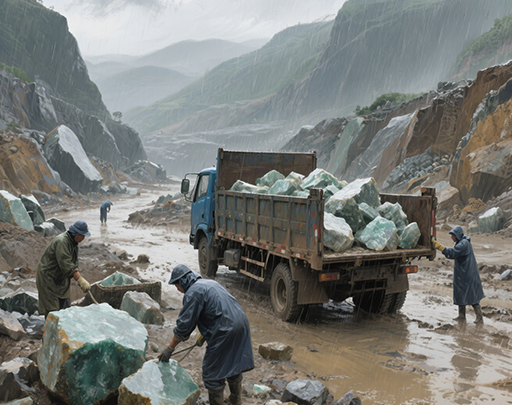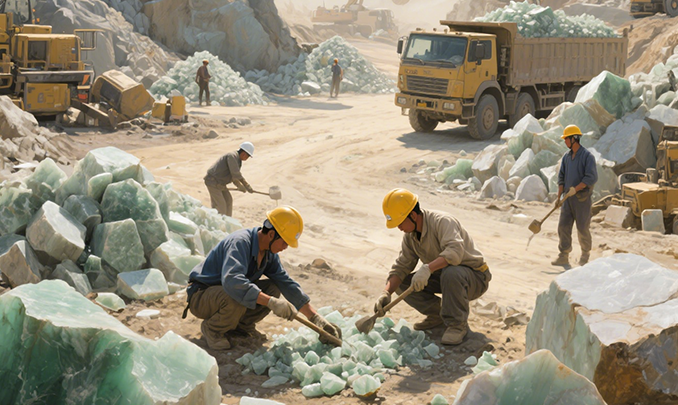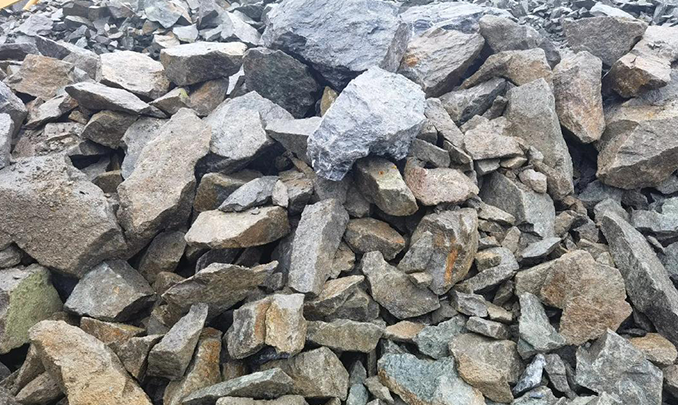
Where Is Jade Found? Tracing the Origins of Green Treasure
Jade, a gemstone revered across Eastern civilizations for millennia, is found in select geological hotspots worldwide. Understanding where jade is found reveals a fascinating interplay of tectonic forces and cultural history. From the mist-shrouded mountains of Myanmar to the riverbeds of China’s Xinjiang region, this stone’s journey begins deep within the Earth’s crust under exceptionally rare conditions.
Prime Sources of Gem-Quality Jade
The question “where is jade found” inevitably leads to Myanmar’s Kachin State, home to the legendary Hpakant mines. Nestled in the collision zone between the Indian and Eurasian tectonic plates, this region produces over 90% of the world’s finest jadeite—notably the coveted “Imperial Jade” with its vivid emerald hue. Geologists attribute these deposits to ultramafic rock formations transformed by high-pressure, low-temperature metamorphism over millions of years.
In China’s Xinjiang province, the Karakash and Yurungkash Rivers yield the world’s most prized nephrite: Hetian Jade. Carried by glacial meltwater from the Kunlun Mountains, these smooth, lustrous stones have been collected since Neolithic times. Meanwhile, Guatemala’s Motagua Valley represents the Western Hemisphere’s only significant jadeite source. Its distinct “Olive Jade,” speckled with black chromite inclusions, was treasured by the Maya as “sky-stone.”

Emerging Global Jade Locations
Beyond these classic regions, new answers to “where is jade found” continue to emerge. Russia’s Lake Baikal area supplies dense, richly colored nephrite that now dominates the Chinese carving market. Within the Canadian Arctic, jade deposits near Mount Ogden produce translucent “Polar Jade,” while New Zealand’s South Island rivers carry pounamu—a nephrite variety sacred to Māori culture.
How Geology Determines Jade Distribution
Jade forms only where three extreme conditions converge:
- Colliding continental plates create high-pressure zones
- Ultramafic magma intrudes into crustal rocks
- Metamorphic reactions occur below 300°C
These requirements explain why commercial jade deposits exist in fewer than 20 global locations, with Myanmar’s mines nearing exhaustion after centuries of mining.

Scientific Methods for Tracing Jade Origins
When determining where jade is found for a specific specimen, gemologists use:
1. Inclusion analysis: Myanmar jadeite shows unique “fly-wing” fractures; Russian nephrite contains graphite flakes.
2. Elemental fingerprinting: LA-ICP-MS machines detect trace elements like chromium that pinpoint mining regions.
3. Isotope testing: Oxygen isotope ratios differentiate Xinjiang mountain jade from riverine deposits.
